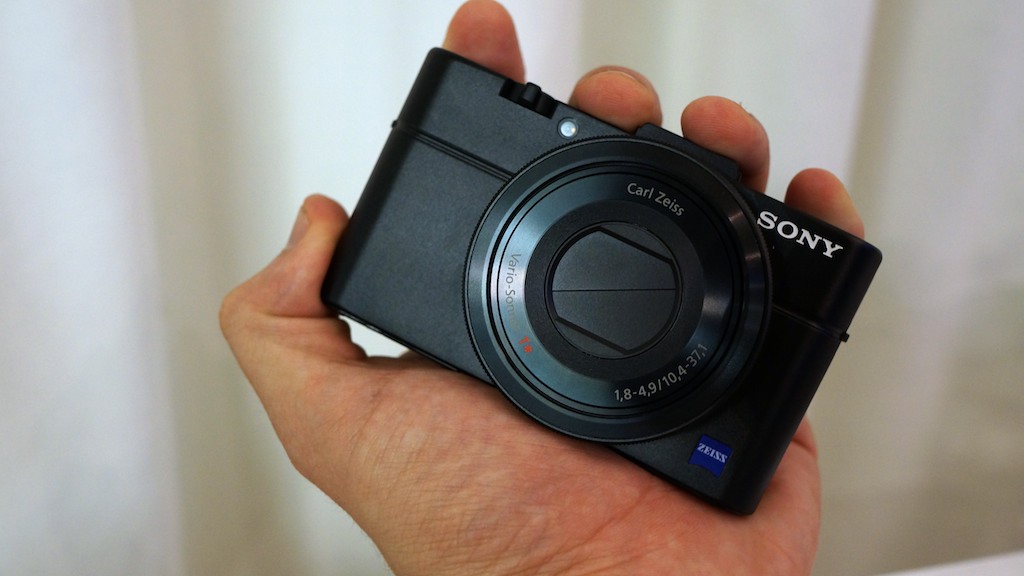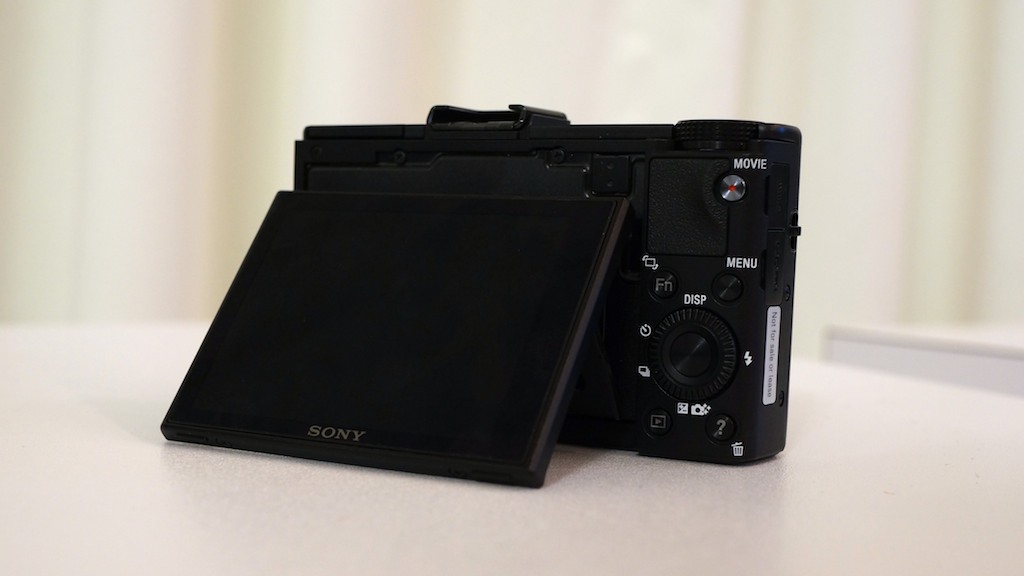Last year, Sony overhauled basically its entire line of cameras from the very bottom to tippiest top. Surprisingly, the most exciting of the bunch weren’t mirrorless cameras or DSLRs, but fixed-lens Cyber-shots: the RX100, a point-and-shot superior to all others, and the RX1, a compact full-frame sensor camera priced for professionals. Sony’s expanding on its success on both cameras with some well-considered fine-tuning.
What we’re looking at here are the Sony Cyber-shot RX100 II (or M2), which at $899 in Australia will cost $100 more than the RX100. The Sony Cyber-shot RX1R, which at $2999 in Australia costs exactly the same as the RX1. The older cameras will remain in the line as before.
At a glance, the modifications from one generation to the next might seem minor. Many of the key specs we’re used to reciting don’t seem to change.These are hardly tweaks — they’re big changes. More detailed specs are listed below, but there’s too much good stuff to mention all the carry-over from before.
Sony Cyber-shot RX100 II

The key differences between the RX100 and RX100 II are a completely new 1-inch Exmor R image sensor, Wi-Fi and NFC connectivity, as well as a new tilting 3-inch LCD display and a new hot shoe.
The former two additions result in visible cosmetic differences to the camera. The tiling LCD adds only slight thickness to the RX100’s body but makes it easier to see the screen in certain situations. Don’t worry, This remains the same awesome pocketable shooter as before. Same super-fast f/1.8 lens.

Sony also added a “multi-interface shoe” on top for attaching external flashes other accessories to the camera.
The new Exmor R sensor is a lovely example of “trickle-up” technology. Exmor R sensors are “back-illuminated”, which basically means the traditional sensor architecture has been reworked so that the electronics sit behind the photo-sensitive diodes, allowing more surface area for actually capturing light.
Until now, the Exmor R design has been used only for small sensors in smartphones and junky point-and-shoots, because Sony just couldn’t figure out how to manufacture these sensors larger. Until now. This 1-inch sensor is a first, and Sony claims light sensitivity is increased by up to 40 per cent.
There are no surprises about the camera’s Wi-Fi sharing capabilities, but it’s a nice addition to an already loaded camera. This NFC chip inside, however, is new and enables touch sharing between compatible devices, which actually sounds like a brilliant idea.
The main issue we might take with this camera is price. $799 was already a lot of money to pay for a point-and-shoot camera targeted mostly at a mainstream audience. But $899? Sheesh. Most of the cameras you’d consider competitors — like the Canon S110 — are priced under $500.
Sony Cyber-shot RX100 II
• Sensor: 20.2MP, 1-inch Exmor R CMOS
• Processor: Sony BIONZ
• ISO range: 100-25600
• Lens: Carl Zeiss 28-100 mm (35mm equivalent) f/1.8
• Display: 1.2 million-dot fixed LCD
• Video: 1920×1080 (60, 24 fps), 1440×1080 (30 fps), 1280×720 (30 fps), 640×480 (30 fps)
• Price: $899 RRP in Australia (available mid July)
Sony Cyber-shot RX1R

The RX1, was a superbly awesome camera that no normal soul can afford. The image quality is unrivalled by a camera that size, but at the same time the fixed focal-length f/2 lens that makes the compact size possible is also quite a limitation. The RX1R option is really a modified version of the former with no optical low-pass filter, which is exactly the kind of change people interested in this camera might consider important.
Without getting to far into the science, cameras use low-pass filters to avoid ripply moire patterns and other distortions that might occur because of the patterned design of image sensors. But these days many manufacturers are confident enough in their camera designs to leave the low-pass filter on.
What’s the difference you say? Well, when you’re using a professional full-frame image sensor like the one in the RX1, pixel peepers will point out that a low-pass filter keeps a sensor from realising the true potential of its resolution. And sure enough Sony showed us samples taken with both the RX1 and RX1R, and the new model had better details in some intense situations.
The only cosmetic change you’ll notice between the older and newer cameras is the addition of an “R” to the name stamped on the front of its glorious body.
Sony Cyber-shot RX1R
• Sensor: 24MP, full-frame Exmor CMOS
• Processor: Sony BIONZ
• ISO range: 100-25600
• Lens: Carl Zeiss 35mm f/2
• Display: 1.2 million-dot fixed LCD
• Video: 1920×1080 (60, 50, 25, 24 fps), 1440×1080 (30, 25 fps), 1280×720 (30 fps), 640×480 (30, 25 fps)
• Price: $2999 RRP in Australia (available TBC)
